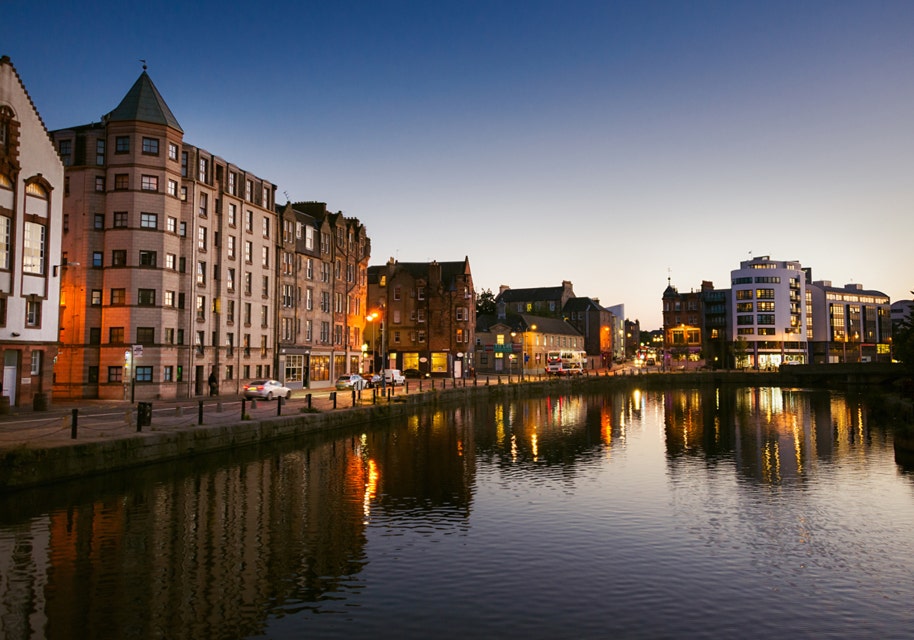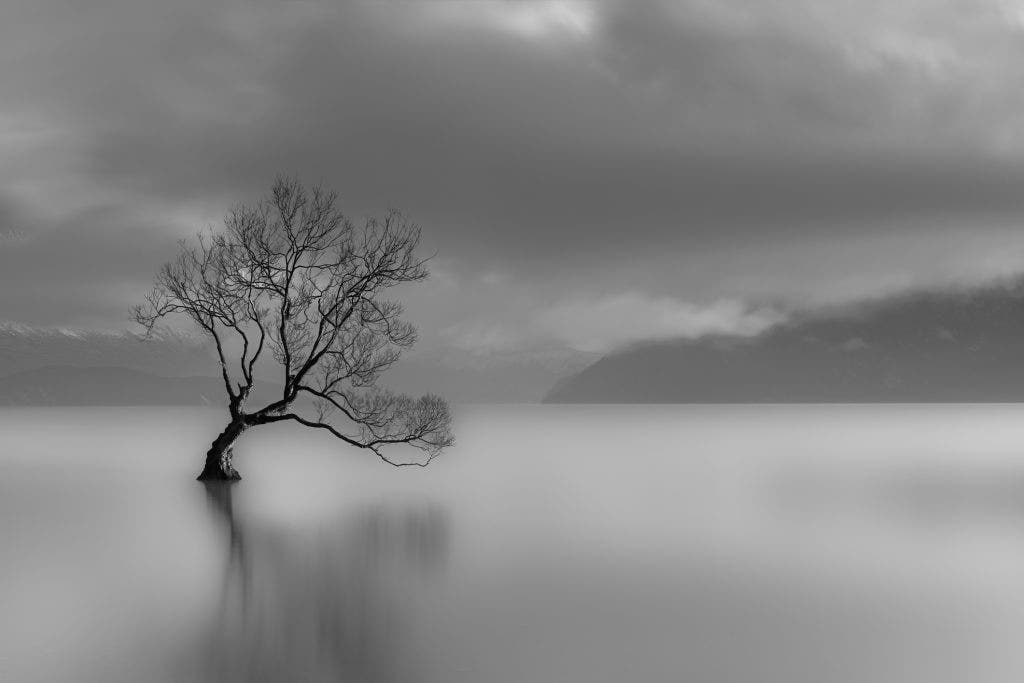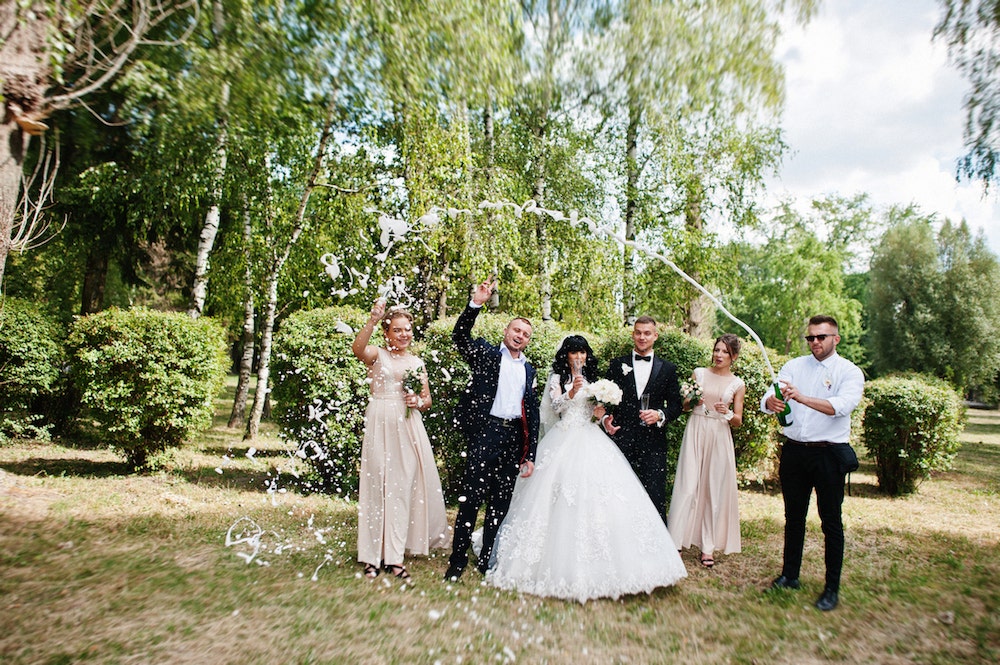
To paraphrase Forrest Gump, camera lenses can be like a box of chocolates; you never know which one to choose.
With so many lenses on the market these days, such as standard lenses, wide angle lenses, telephoto/superzoom lenses, macro lenses, aerial lenses and fisheye lenses to name a few, picking the right one for your photography needs can be a scary prospect.
A lot comes down to what type of photography you’re interested in. For example, portrait photography requires a different lens to sports photography or landscape photography.
Here we focus on wide-angle lenses and discuss what they are and when to use one.
What are wide-angle lenses?
A wide-angle lens has a much smaller focal length than a normal lens, which allows more peripheral vision on the sides and thereby creates a wider shot than we can see with your own eyes.
Wide-angle lenses are generally defined by an angle of view between 64° and 84°, which translates to a focal length of 35mm or less. Common wide angle lens scopes include 35mm, 28mm, 24mm, 21mm, 18mm and 14mm, with the last three being considered ultra-wide-angle.
Wide-angle lenses are known for magnifying the distance between objects (close things look closer while far things look further away) to allow for a greater depth of field. It’s also important to note that some of these lenses will produce images that display a small degree of barrel distortion (a slight spherical illusion).

When’s the best time to use a wide-angle lens?
A wide-angle lens is perfect for shooting landscape photography. Not only does it add important width to an image to give it that panoramic appeal, but it also adds depth and produces a lovely three-dimensional look to your images.
A 14-24mm lens is a great option for majestic landscapes or wide photos with a strong foreground subject. An 18-55mm (cropped frame) or a 28-70mm (full frame) will also work well when you want to achieve a more natural looking landscape.
Wide-angle lenses like these are perfect for capturing a city skyline or for showing off the interior of your house. They’re also a great lens for wedding photographers who need to get a huge family into one frame or a sports photographer wanting to photograph half the pitch.

3 Tips on How to Use a Wide-Angle Lens
Prominent foreground object
The width of a wide-angle image means that there’s a lot for the eye to take in. It helps to have something or someone front-and-centre to create interest. Contrast between a stark foreground object and the surroundings behind it can produce great results.
Use Lines to Guide the Eye
Lines are great compositional tools, which can act as arrows to lead us from front-to-back or left-to-right. Whether it’s a fence or a shoreline, lines can create dramatic images if done right.

Keep it simple
The term ‘less is more’ often holds true in photography. Too often, photographers try to cram too much into a frame, and with such a wide angle, it’s easy to make a photo seem busy.
We hope this post has informed you about the basics of wide-angle lenses. To find out more, check out the best camera lenses on the market or read our latest catalogue.
